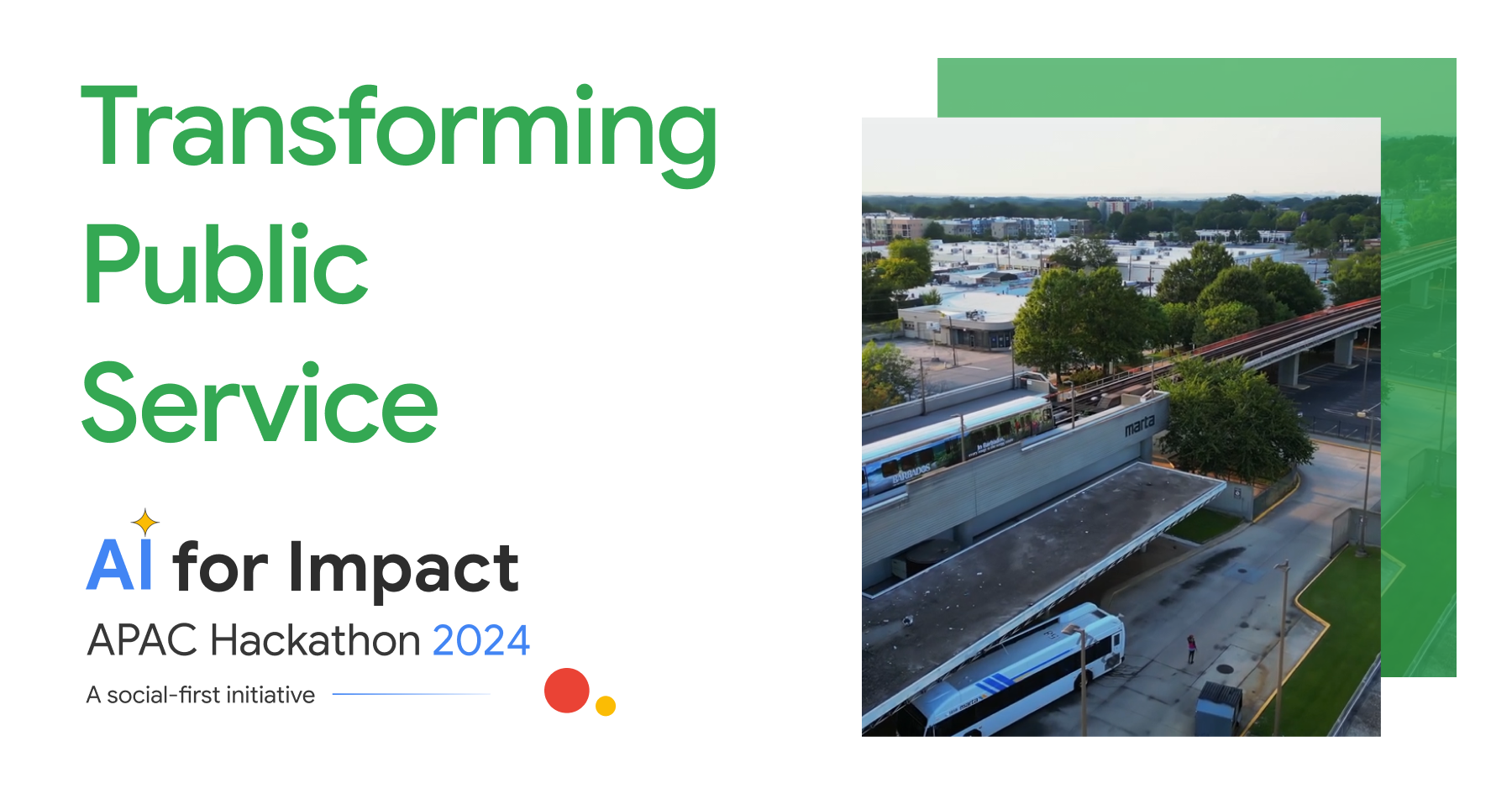Transforming Public Service: Bridging Digital Literacy and Railway System Challenges in the APAC Region
 Krusnansh Gupta
Krusnansh Gupta
In the Asia-Pacific (APAC) region, public services are at a crossroads. While the digital age offers unprecedented opportunities for enhancing service delivery, significant barriers remain, particularly in terms of digital literacy and the effectiveness of essential transportation systems like railways. Recent findings indicate that over 50% of low-income households in the region lack reliable internet access, leading to digital exclusion that hinders engagement with government services. This gap in access not only affects individuals but also undermines the overall efficiency and transparency of public service delivery.
Don’t miss your chance to make a difference — register here: https://bit.ly/3NTkBEE

The Digital Literacy Divide
Digital literacy is critical for navigating today’s increasingly technology-driven world. However, many citizens, especially those in underserved communities, face challenges in acquiring the skills necessary to utilize online services. A report from the International Telecommunication Union highlights that around 65% of people in developing countries lack basic digital skills, limiting their ability to access information, apply for services, or engage in civic processes. This digital divide exacerbates existing inequalities and creates barriers to essential public services, making it imperative for governments to adopt user-friendly platforms that can cater to the needs of all citizens.
Challenges in the Railway System
The railway system in the APAC region exemplifies the pressing need for innovation in public services. Not only does it play a crucial role in the daily commute for millions, but it also faces significant challenges in areas such as security, passenger experience, and operational efficiency. A report from the International Transport Forum emphasizes that safety concerns and inefficient operations are top priorities for rail operators, leading to a need for enhanced technology solutions.
Addressing Key Challenges
Security Enhancements: The threat of security breaches in public transportation can deter ridership and undermine public confidence. Implementing AI-powered security screening can streamline the process of identifying potential threats while maintaining passenger flow, thus ensuring a safer travel environment.
Passenger Experience: Enhancing the passenger experience is vital for increasing the appeal of railway services. By leveraging real-time passenger tracking and AI-driven alerts, railway operators can keep travelers informed about train schedules, delays, and emergencies, thereby improving customer satisfaction.
Operational Efficiency: Efficient operations are key to reliable railway services. Using data-driven decision-making, railway systems can optimize schedules, reduce wait times, and better allocate resources. This not only improves service quality but also fosters greater trust in public transportation.
Take the first step towards Solving these challenges by registering now
Participate in the AI for Impact Hackathon
Join the AI for Impact Hackathon and compete for:
Cash Prizes: $20,000 up for grabs
Hands-On AI Workshops: Learn directly from Google’s AI experts
Professional Mentorship: Guidance from the Google for Startups team
Exclusive GCP Credits: Special Google Cloud credits for top teams
VIP Event Passes: Access to select Google events

Register here to know more: https://bit.ly/3NTkBEE
Reference
https://www.statista.com/topics/9093/internet-usage-in-southeast-asia/#topicOverview
https://www.eria.org/uploads/An-Inclusive-Digital-Economy-in-the-ASEAN-Region.pdf
Subscribe to my newsletter
Read articles from Krusnansh Gupta directly inside your inbox. Subscribe to the newsletter, and don't miss out.
Written by
